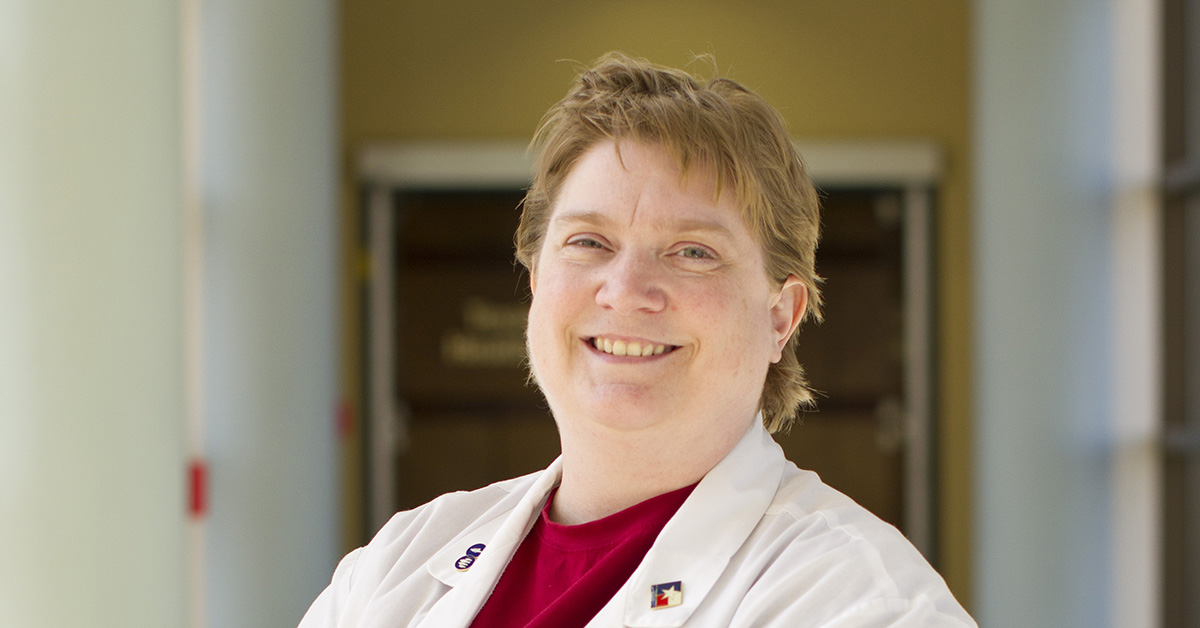
Do the current colder temperatures and shorter days give you the blues? I sure get them. One of the wondrous things about living in West Texas is the 300 plus days of sunshine we get per year. Put a little overcast weather in with falling leaves and an early twilight, and I’m darn near depressed. If you start feeling that way too as our little corner of the earth tilts away from the sun, you too might have a touch of Seasonal Affective Disorder.
Seasonal Affective Disorder (SAD) is a condition where a person has symptoms of mild
depression due to decreasing amounts of daylight. Symptoms can include overeating,
oversleeping, down mood, weight gain and isolating oneself. It is far more common
in more northern areas of the United States but can even affect those of us in West
Texas. In the summer time we generally get a good 14 hours of direct sunlight with
long dawns and dusks. In the winter, we see less than 10 hours of direct sunlight
per day. Of course that’s if there is any sunlight as all as we all know about those
dreary drizzly winter days.
SAD is caused by a disruption in our body’s circadian rhythm (24-hour cycle). The
changes in the light and dark tell our brains when to be awake and productive and
when to go to bed to get some sleep. The shifting of the seasons can short-circuit
the messages from the brain for some people leading to the symptoms of SAD.
According to the National Institute of Mental Health, SAD is diagnosed four times
more often in women than men; younger adults have a higher risk of SAD then older
adults; and people with a family history of other types of depression are more likely
to develop SAD than people who do not have a family history of depression.
So how does one combat SAD? One way is with light therapy. Many types of light box
lamps can be bought through a local store on online. I have one by my bed that can
be set to start lightening up my room at any given time in the morning. If buying
a special lamp is out of your budget, concentrate on your home being very bright with
maximum lighting in the morning for at least an hour before leaving for work.
Other ways to manage symptoms is to increase your physical activity levels, which
will then generally decrease your desire to eat and nap. Establishing consistent sleep
patterns (without naps) also will help you get to sleep and rise at reasonable times.
Staying engaged socially with support and meaningful activities (church, clubs, friends,
family and coworkers) will keep your mood a bit brighter. And every opportunity of
a sunny day, go out and enjoy it. Spend as much time outside as possible soaking
in that sunlight even if you have to wear a big old coat and toboggan to do it.
If your symptoms seem to be a bit worse than the winter blues, then by all means please
see a physician or mental health professional to see if there is more that can be
done. There are several different kinds of anti-depressants that help treat SAD once
it has started. For people who have had it before, there are other medications which
can help prevent SAD. That is why it is so important that you speak with your doctor
in order to find the best treatment for you.
Please have a happy, healthy and bright winter!
Kelly Bennett, M.D., is an associate professor at the Texas Tech University Health
Sciences Center School of Medicine and is a physician at Texas Tech Physicians – Family
Medicine

